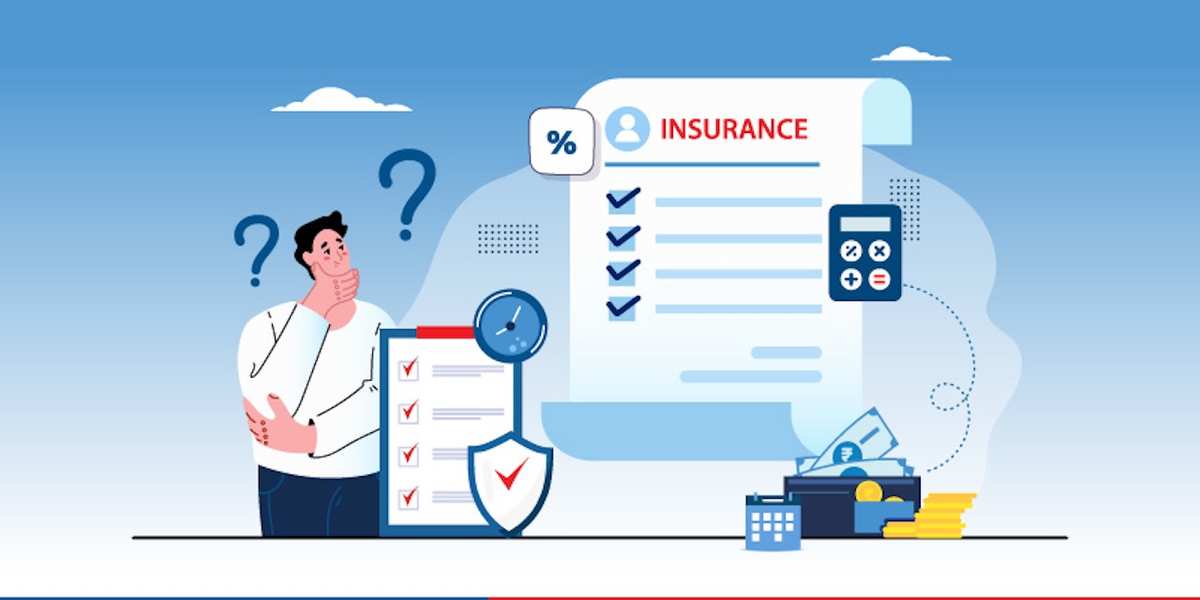How to Choose Insurance Wisely: A Comprehensive Guide
Selecting the right insurance can feel overwhelming, given the variety of options available today. Whether you’re looking for health, life, vehicle, or home insurance, making an informed decision is crucial to ensure that you’re adequately covered without paying for unnecessary features. This guide will help you navigate through key considerations to choose the most suitable insurance policy for your needs.
1. Assess Your Needs
Before you even begin comparing policies, it’s essential to understand your insurance needs. Here’s what you should consider for different types of insurance:
- Health Insurance: Look at your medical history, family needs, and potential future health risks.
- Life Insurance: Consider your dependents and their financial needs in case of an unforeseen event.
- Vehicle Insurance: Assess how frequently you use your vehicle, its value, and the likelihood of accidents or theft.
- Home Insurance: Take into account the value of your home, its location, and possible risks like natural disasters or theft.
Key Tip:
It’s wise to make a list of what you want covered before you begin looking at different policies.
2. Understand the Types of Insurance
There are different types of policies within each insurance category, and understanding these can help you make the right choice. Here’s a breakdown:
- Health Insurance:
- Individual Plans: Suitable for single individuals.
- Family Floater Plans: Offers coverage for the entire family under one policy.
- Critical Illness Insurance: Covers specific serious illnesses like cancer or heart disease.
- Life Insurance:
- Term Life: Pure risk cover for a specific period.
- Whole Life: Provides lifetime coverage along with savings benefits.
- Endowment Plans: Combines savings with insurance, paying out at the end of the policy term.
- Vehicle Insurance:
- Third-Party Liability: Mandatory and covers damage to third-party property or injury.
- Comprehensive: Covers both third-party liability and damage to your own vehicle.
- Home Insurance:
- Structure Insurance: Covers the physical structure of the home.
- Contents Insurance: Covers valuables inside your home.
Key Tip:
Always choose a policy based on your personal requirements rather than just opting for the most popular or cheapest plan.
3. Compare Policies from Different Insurers
Once you know your needs and the type of policy you’re looking for, it’s time to compare offers from various insurers. Some important aspects to compare include:
- Premium Costs: The amount you’ll need to pay annually or monthly for the coverage.
- Coverage Details: What exactly is covered? Are there exclusions or limits on certain claims?
- Claim Process: Look for a provider with an easy, transparent claims process and a high claim settlement ratio.
- Add-Ons and Riders: Many policies offer optional add-ons, like critical illness riders for life insurance or zero-depreciation cover for vehicle insurance. These can enhance your coverage but come at an extra cost.
Key Tip:
Use online tools or insurance comparison websites to compare plans. This will give you a clear overview of your options and help you make an informed decision.
4. Check the Insurer’s Reputation
The reputation and financial strength of the insurance provider matter a lot. A good insurer should offer:
- Customer Support: Look for insurers with positive customer reviews and reliable 24/7 support.
- Claim Settlement Ratio: This is the percentage of claims the insurer has paid out. A high ratio indicates a higher chance of your claim being settled.
- Financial Strength: Choose companies with strong financial standing to ensure they can meet claim payments.
Key Tip:
It’s worth checking reviews and ratings on trusted insurance websites and forums to get an idea of the insurer’s reliability.
5. Understand the Fine Print
Before finalizing your insurance policy, it’s crucial to thoroughly read the policy document. Here’s what you need to pay attention to:
- Exclusions: These are specific situations or conditions not covered by your policy. Make sure to understand what is excluded to avoid surprises during a claim.
- Waiting Periods: Health insurance policies often have waiting periods for pre-existing conditions or specific treatments.
- Policy Limits: Many policies have limits on certain claims. For example, health insurance may have a cap on room rent or specific treatments.
- Renewal Terms: Some policies offer lifelong renewability, while others may have an age limit for renewal.
Key Tip:
Never sign up for a policy without fully understanding the terms and conditions. If necessary, seek professional advice or consult the insurer’s customer service for clarification.
6. Don’t Overlook Riders and Add-Ons
Many insurance policies offer riders and add-ons that can enhance your coverage. While these can provide added protection, they also increase your premiums. Common examples include:
- Critical Illness Rider: Covers serious health conditions that require expensive treatment.
- Accidental Death Benefit Rider: Provides an additional payout if the policyholder dies in an accident.
- Zero Depreciation Add-On: Useful for vehicle insurance to avoid depreciation deduction during claims.
Key Tip:
Only add riders or additional coverage if they genuinely add value to your existing policy and are relevant to your needs.
7. Review and Update Your Insurance Regularly
Life changes such as marriage, having children, buying a new home, or purchasing a new vehicle may require changes to your existing insurance. Make it a habit to review your policies annually or after significant life events.
- Health Insurance: Consider increasing the sum insured or adding family members to your plan.
- Life Insurance: Reevaluate your sum assured based on your financial obligations and dependents.
- Home and Vehicle Insurance: Ensure that your coverage is still adequate for the value of your assets.
Key Tip:
Regularly updating your policy ensures that you and your loved ones remain adequately covered as life evolves.
Conclusion
Choosing insurance wisely involves thorough research, understanding your needs, and regularly reviewing your coverage. By following these steps, you can make well-informed decisions that offer financial security and peace of mind.
Invest the time to compare policies, check an insurer’s reputation, and understand the fine print. This way, you’ll ensure that your insurance plan meets your requirements and provides adequate protection when you need it most.



